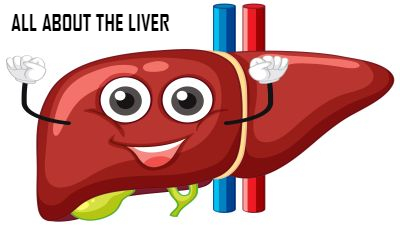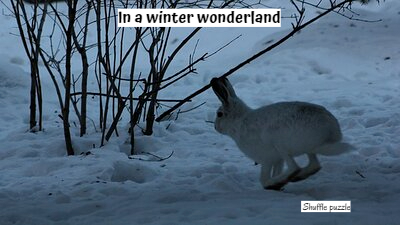The liver is the largest solid organ in the human body. By the time we are fully grown up, it will be roughly the size of a football. The liver performs many functions, but the three big ones include cleansing the blood, producing an important digestive liquid called bile, and storing energy in the form of a sugar called glycogen. Ever wondered what makes this organ work? What does it look like inside?
The inferior vena cava carries deoxygenated blood from the liver and the lower half of the body to the heart’s right side from where the blood flows to your lungs.
The esophagus moves food from the back of your throat to your stomach, while the right lobe processes blood coming from the head of the pancreas, the pylorus and stomach’s antrum, and the midgut through the superior mesenteric vein.
The left lobe is smaller and more flattened than the right.
The gallbladder stores and releases bile into the duodenum to help digest fats in the food we eat.
The common bile duct connects the liver to the gallbladder and the gallbladder to the small intestine, while the pancreatic duct connects with the former.
The pancreas produces enzymes that are important for digestion. Insulin and glucagon, which help control the level of glucose in the blood, are made in the pancreas.
The hepatic portal vein carries blood from the intestines, gallbladder, pancreas and spleen and delivers it to the liver, and the duodenum produces hormones and receives secretions from the pancreas.
Based on what you have read so far, can you drag and drop the parts of the liver into the right boxes?









